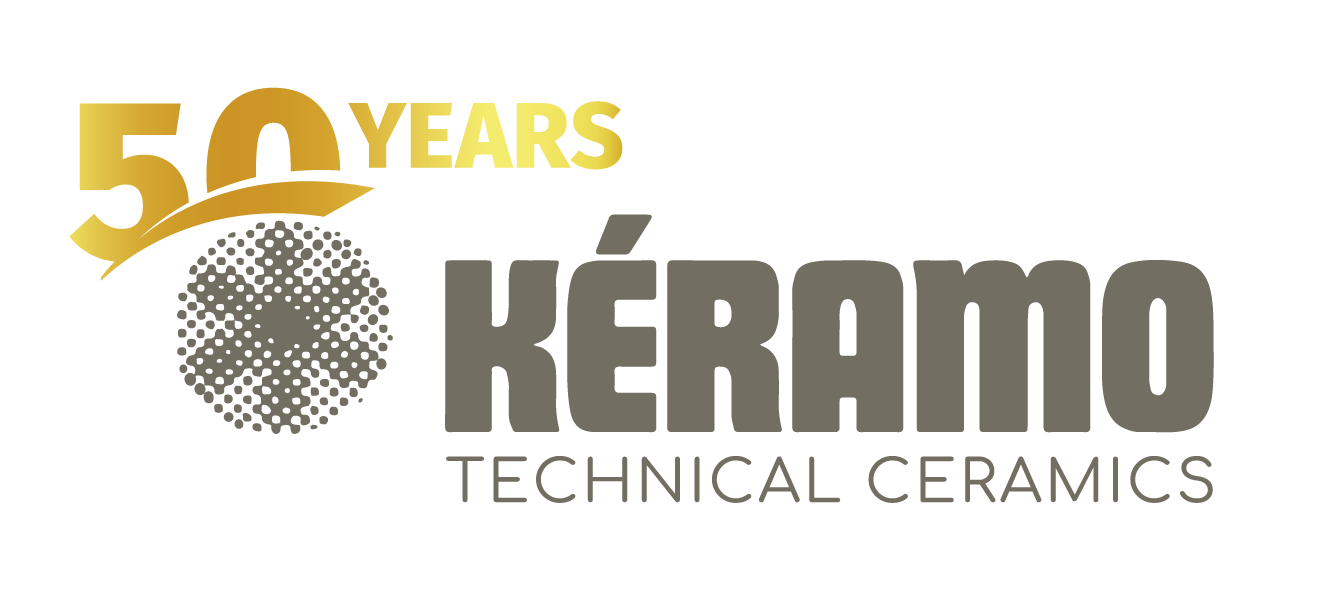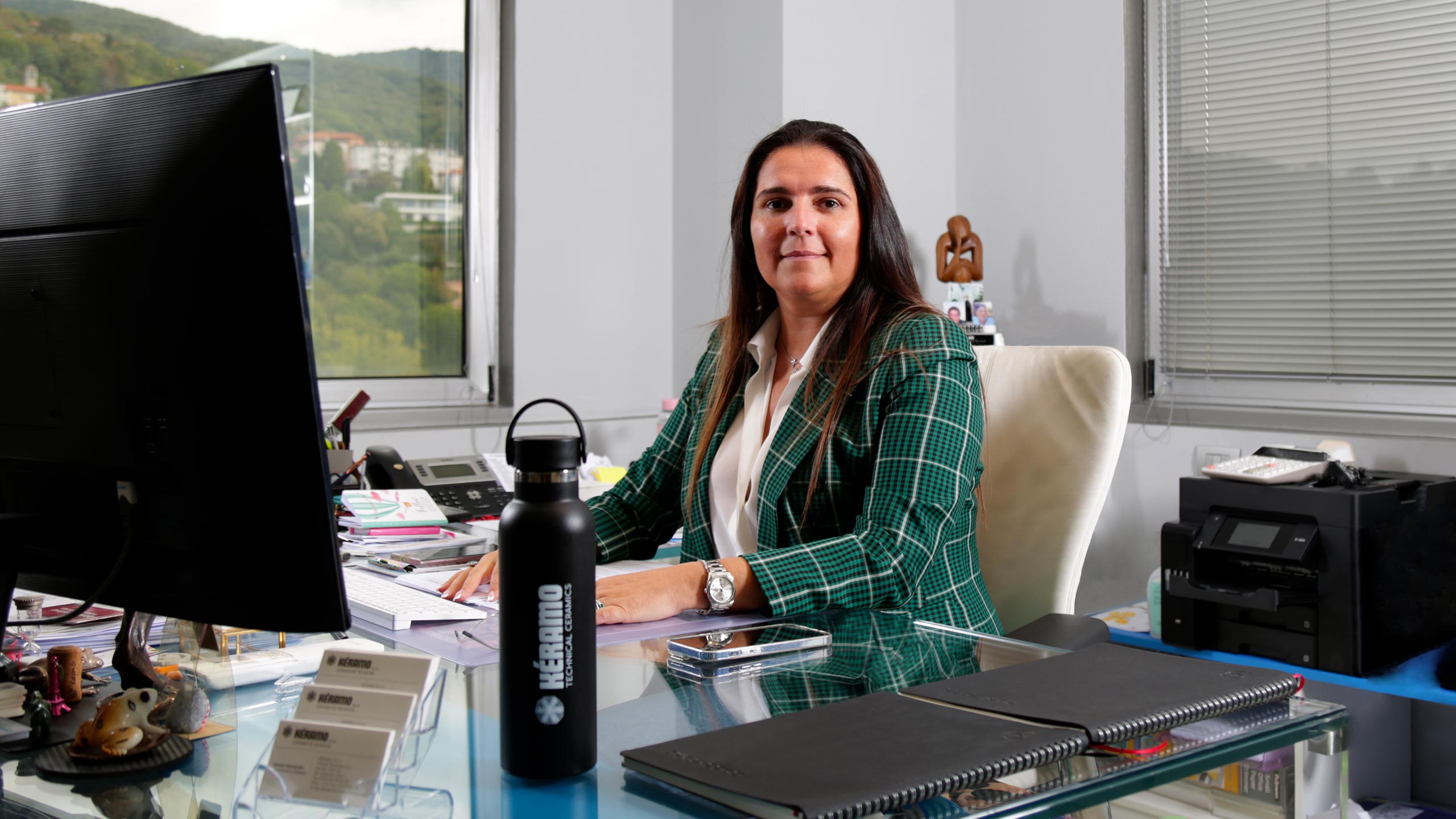Kéramo looks to the future with enthusiasm and stubbornness to meet the challenges of tomorrow. Fifty years after its foundation, the company’s sights are set on the aesthetics and high-tech of advanced ceramics.
What will be the future of advanced ceramics? What solutions will we find to meet the new market challenges? What will the world of technology, engineering, electronics require of us? Where will we go from here?
Not too obvious questions. 50 years ago, when Kéramo was founded, the world of technical ceramics made its debut by changing the rules of the market. The physical and chemical characteristics that distinguish technical ceramics have determined the evolution of the electrical and electronics sectors and have refined the production of automotive, accessories and chemicals.
It was discovered that the so-called neo-ceramics, made from synthetic raw materials such as alumina, zirconia, carbide and silicon nitride (and not from clays such as bricks, stoneware, majolica and porcelain), had physical and mechanical properties that differed significantly from those of traditional ceramics and could therefore offer different industrial applications.
A distinction was made between functional neo-ceramics, indicating those ceramics that include materials for electrical, electronic and magnetic applications, and structural neo-ceramics, those ceramics whose use is based on resistance to mechanical stress, essentially in hostile environments due to high temperatures or aggressive atmospheres.
The economic and industrial development of functional neo-ceramics has been rapid and intuitive, assisted by large-scale technology diffusion.
The development of structural ceramics was motivated by the growing need to use materials that perform better than metal and plastics. Structural ceramics are distinguished from them by their excellent properties such as abrasion resistance, refractoriness, low coefficient of thermal expansion, low density, corrosion resistance, thermal insulation, and biocompatibility. On the basis of these performances, the production of anti-wear components, devices for the chemical industry, supports for catalysts, prostheses, engine parts, turbine fins, armour plating has developed.
In 50 years of activity, Kéramo has travelled both paths, specialising in the development and production of cutting-edge technical neoceramics and achieving levels of excellence in the production of both functional and structural ceramics.
Alessia Interdonato, CEO of Kéramo SPA, points out: “Our natural inclination to anticipate the future has allowed us to look beyond the horizon with a spirit of innovation. For this reason, investing in research and development is an indispensable prerogative of our daily business, which allows us to constantly increase the company’s know-how, facilitating our ability to provide adequate answers to the requests of our customers, whom we address more as partners than mere suppliers. While the aim is to give continuity to what has been done in the past, the desire is to experiment with enthusiasm and stubbornness”.
And so, while finding new solutions, not only technical but also aesthetic, translated into new shapes and colours for architectural, jewellery and writing design, Kéramo is proposing itself to the aerospace, automotive and chemical and process industries with high-tech materials and specially designed solutions.
“The future of advanced ceramics is yet to be written”, concludes Interdonato.


